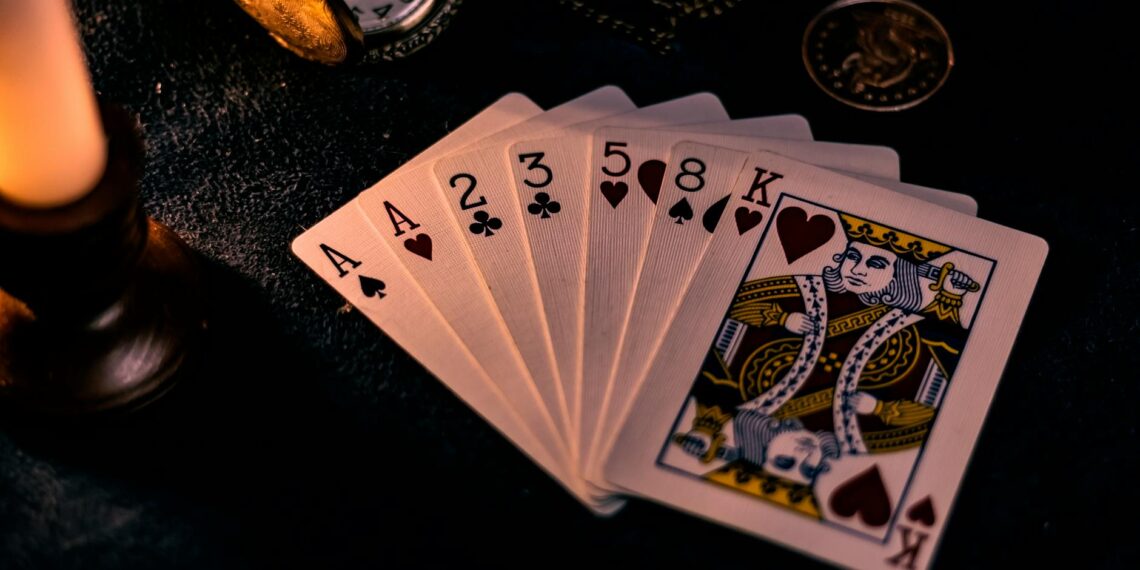Yuan Shikai coins, also known as “Fatman dollars” by some collectors, are silver dollars minted during the Republic of China era (1912-1948) featuring a portrait of Yuan Shikai, a prominent figure in Chinese history during that period.
Here’s a breakdown of key facts about these coins:
- These coins were introduced to standardize coinage across the Republic of China and were minted between 1914 and 1921.
- The original dies were engraved by Italian engraver L. Giorgi at the Tientsin Mint.
- They proved incredibly successful, with an estimated 750 million circulating by 1924, accounting for a large majority of silver dollars in China.
- The coins were minted in Tianjin and provincial mints, leading to various die varieties, some highly sought after by collectors.
- Yuan Shikai coins were primarily issued as 1 Yuan (or 1 Dollar) coins.
- However, 5 Yuan versions also exist.
- Obverse: Features a portrait of Yuan Shikai facing left with Chinese characters above indicating the year of the Republic of China.
- Reverse: Displays the denomination “1 Yuan” (壹圓) within an open wreath.
- Inscriptions: The obverse characters read right to left: “中華民國 (number) 年”, translating to “Republic of China (number) Year”, where the number signifies the year since the founding of the Republic.
- Variations: Coins minted in Year 3 (1914) have six characters, while later issues (from 1919 onwards) have seven due to the addition of the character “造” (meaning “made”).
- Weight & Diameter: Genuine examples should weigh around 26.4 grams with minor variations and have a diameter of approximately 39 millimeters.
- All dates and varieties have been counterfeited, highlighting the need for careful authentication.
- Popular and rare varieties include the “O” die, the “O die with triangular yuan character,” and the “long leaves” dollar.
- The Gansu Mint produced a version with lower silver content which is now ironically more expensive due to its scarcity.
- A 1916 $1 coin depicting Yuan Shikai, graded MS-64 by NGC, sold for $520,000 at auction in 2021.
- Common 1914 Yuan Shikai dollars can be found for prices ranging from $64 to $195.
- Weak details and raised lumps on the coin are common signs of counterfeits.
- Weight discrepancies can also indicate a fake.
- [The NGC website] provides a list of the most commonly counterfeited Chinese coins, including diagnostic information and images.
In conclusion, Yuan Shikai coins are an important part of Chinese numismatic history and represent a fascinating collecting area. However, the prevalence of counterfeits necessitates careful examination and, ideally, third-party authentication for higher-value pieces.









What did Yuan Shikai do?
From my experience, He played an important role in promoting modernization and in forcing Emperor Pu Yi’s abdication. Yuan Shikai was elected the first official president of the Republic of China (1911-1949), and was active in establishing modern industrial, judicial and educational systems as well as unifying the currency.
Which Chinese coins are worth money?
Great question! China-Kweichow 1928 Auto Silver Dollar. …
China-Chekiang 1902 20 Cents Silver Proof. …
China-Heilungkiang ND 1896 50 Cents Brass Pattern. …
China-Kiangnan ND 1897 20 Cents Silver Pattern. …
Republic of China ND 1916 Yuan Shi Kai One Dollar Silver, Hat Touching Brim.